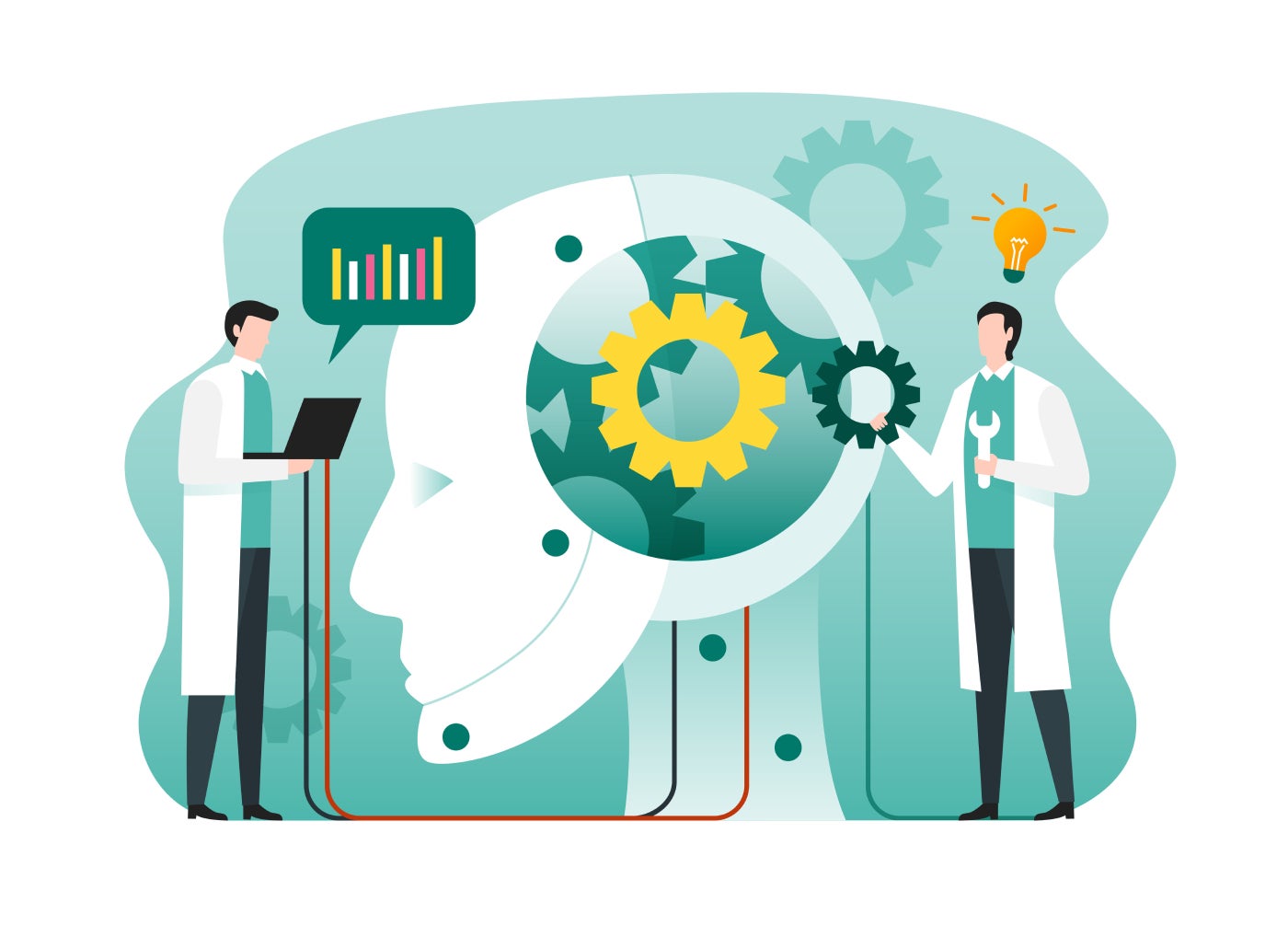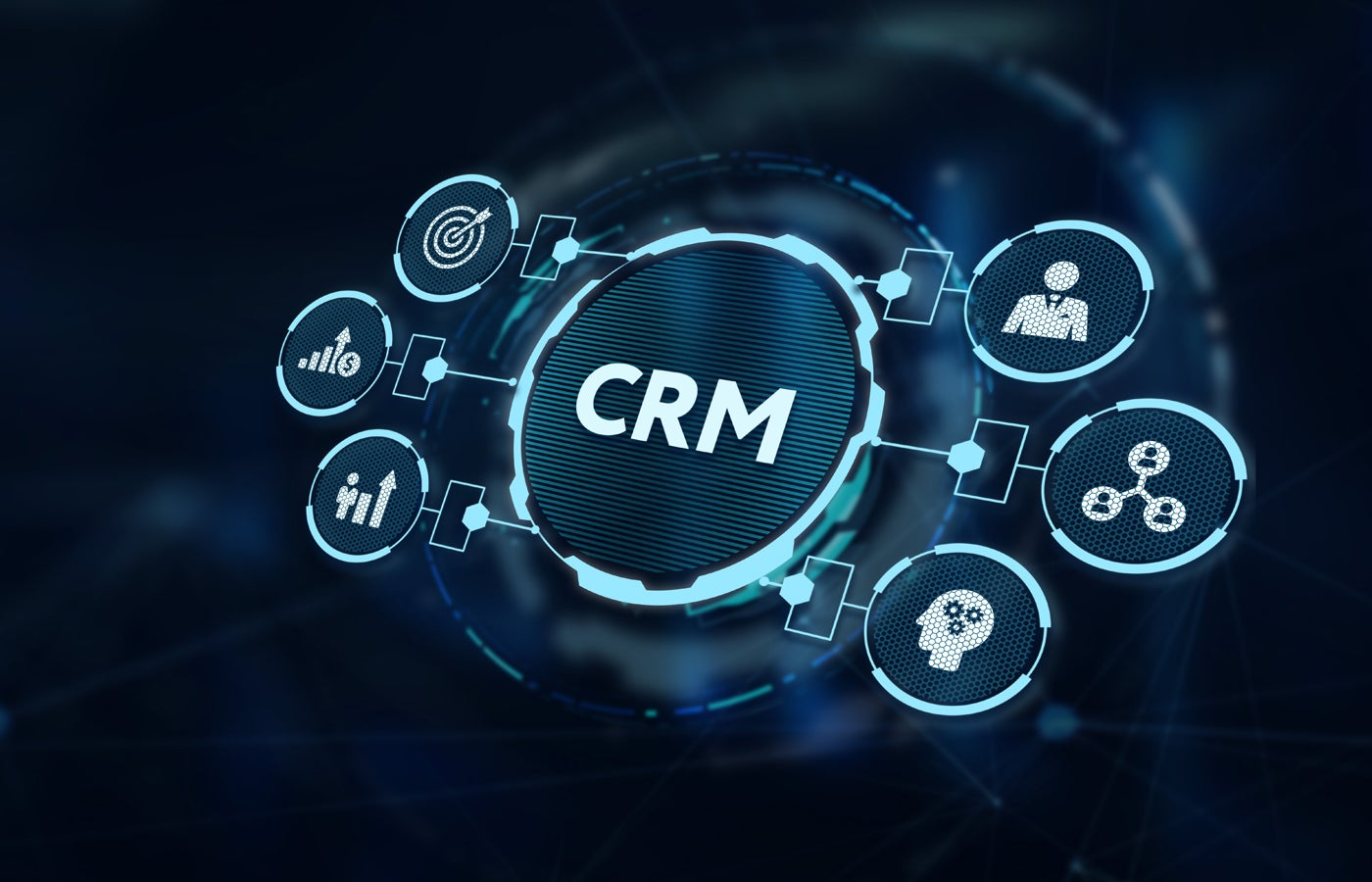In today’s data- and AI-driven world, data leaders are challenged to build an enterprise data team that is trusted by all stakeholders across the organization and that delivers on business objectives. In addition, data leaders must be able to clearly explain to their stakeholders who they should communicate with, as well as when, where, and why. To build an adaptable and effective team, data leaders must focus on the functions needed to achieve business outcomes, rather than being trapped in boxes on an organizational chart.
Specifically, the process of building organizational charts can be tedious and uninspiring, but when we shift our mindset and think of building a data team as building an all-star sports team, the process becomes much more exciting. Just like in sports, a winning data team is not based solely on individual positions, but on the diverse skills, strengths, and unique lived experiences that players bring to the table. By approaching data team building as a celebration of talent and collaboration, data leaders can create a dynamic and effective data organizational structure.
The myth of the professional data unicorn that does everything
This isn’t necessarily a new idea. In his 2012 TED talk, investor and entrepreneur Ernesto Sirolli reminds us that no one person can excel at every aspect of running a company. Just like in sports, it’s unrealistic to expect someone to be the coach, the goalkeeper, the front line attacker, the back defender, and the ball all at the same time. Similarly, in the data world, expecting professionals to possess expertise in every aspect of the field is unrealistic and counterproductive — you rarely find a great Python programmer who can also tell exceptional data stories. By recognizing this, data leaders can set more realistic expectations and build teams with complementary skill sets.
But data leaders still need to help others visualize the invisible roles and value that data team members bring, so they can get budget and buy-in from nontechnical stakeholders to work with their data team. Data leaders must be able to articulate which groups of professionals others should talk to—who, when, where, and why.
The six functions of a modern enterprise data organization
To structure an effective data organization, avoid getting distracted by fancy titles and false hopes pinned on other organizations’ best practices. There is no one-size-fits-all approach to building effective organizational charts for data teams; instead, look beyond the title to find the intrinsic function and purpose of each role to help design your use cases and eventual dream team. It’s critical to identify and adopt the six essential roles of a modern data team.
1. Designers
These individuals work closely with stakeholders and developers to integrate business requirements into data solutions. They play a critical role in developing frameworks, services, products, datasets, reports, applications, and presentations that align with business needs.
2. Creators
Creators are responsible for building and implementing data solutions and synthesizing data insights to generate actionable outcomes. Their activities span a wide range, including developing machine learning models, building data pipelines, and creating data visualization dashboards.
3. Communicators
Successful data organizations prioritize the value of data fluency and related solutions. Communicators play a crucial role in translating this value to foster awareness and adoption across the organization. By effectively communicating the benefits of data-driven approaches, they drive organizational buy-in.
4. Operators
These individuals configure and manage the systems that support data functions. They maintain production data applications and AI models, continuously monitor systems, perform periodic maintenance, and optimize system performance. Operators ensure that data operations are running smoothly.
5. Iterators
Iterators are responsible for driving the organization’s long-term data strategy and continually refining and optimizing data priorities. They integrate innovative learnings from other domains into the data ecosystem, keeping the organization at the forefront of data-driven innovation.
6. Regulators
Data governance is critical to maintaining data security, access controls, and ethical practices. Regulators develop and enforce data governance policies, oversee data security measures, and ensure compliance with sustainability and ethics standards.
High-performing IT teams pave the way for increased speed of curiosity and AI enablement
As executive boards push for AI adoption, data leaders must navigate the complexities of effectively structuring their organizations to enable employee curiosity to accelerate. By focusing on the six essential functions of a modern enterprise data organization, data leaders can build teams that align on business outcomes and help their organization thrive in the AI era. Leveraging the strengths and skills of many diverse data team members, rather than expecting data leaders to hire one or two unicorns to do it all, will lead to the creation of winning data teams that drive success in the data-driven world.

This article was written by Kim Herrington, a senior analyst on Forrester’s Enterprise Insights research team, who brings expertise in leadership, organization, and data culture. Her research coverage includes data literacy, data storytelling, data leadership and culture, insight-driven entrepreneurs, insight-driven organizational models, chief data officer research, and insight communication. A former data journalist, Kim holds a master’s degree in healthcare administration from D’Youville University and a bachelor’s degree in biology from SUNY Oswego.
Learn more about the crucial components of building an effective data and AI team at the Forrester Technology & Innovation Summit North America, taking place September 9-12, 2024 in Austin, Texas, and online.












